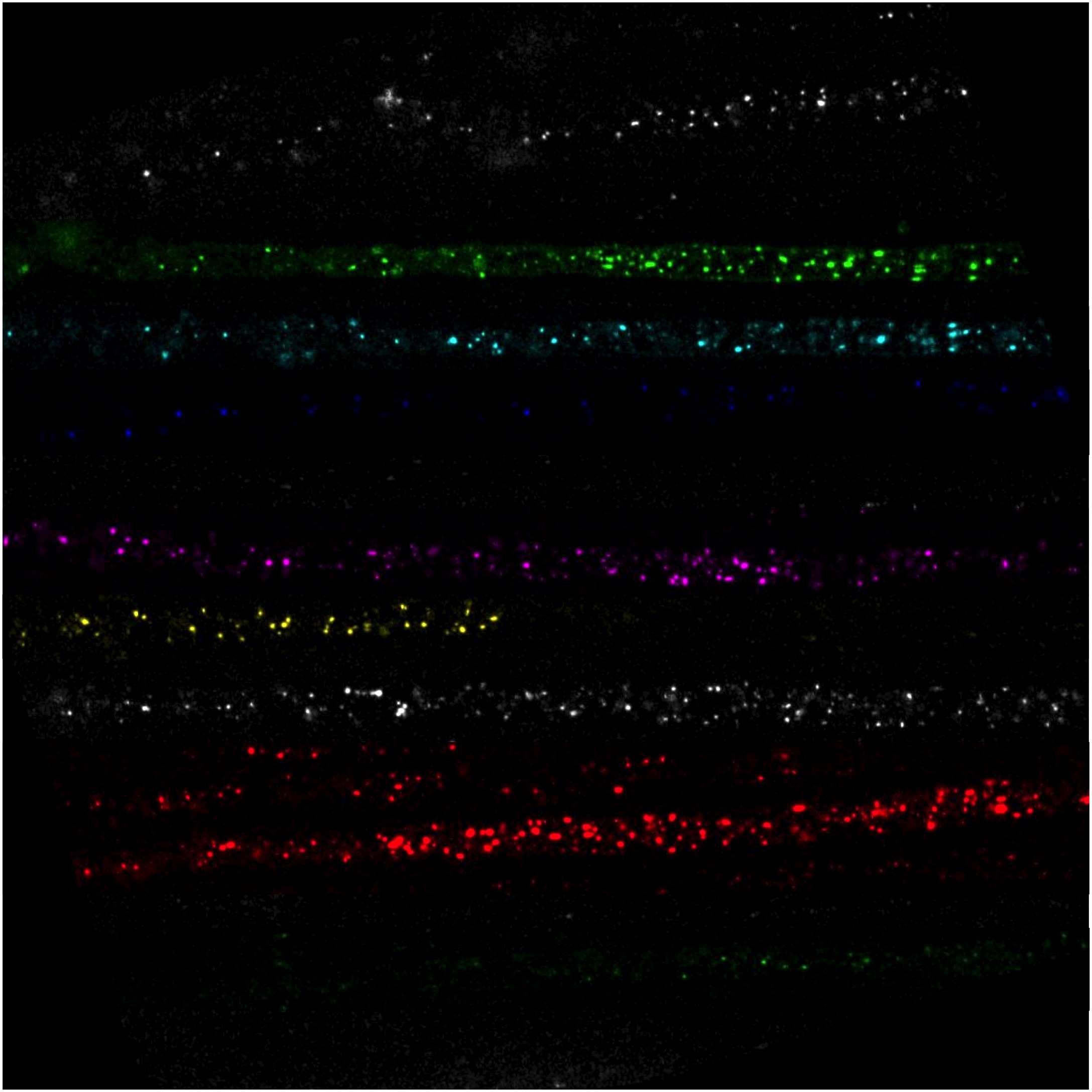Biography
Prof Giampietro Schiavo is a cellular neurobiologist interested in the mechanisms regulating axonal dynamics.
He attained a master in Medicinal Chemistry from the University of Padova, Italy, in 1988 and a PhD from the same University under the supervision of Professor Cesare Montecucco in 1992. During his PhD, he characterized the mechanism of action of botulinum and tetanus neurotoxins by identifying the synaptic SNAREs VAMP/synaptobrevin, SNAP25 and syntaxin as their intracellular targets, setting the basis for the widespread exploitation of botulinum neurotoxins in human therapy. In his postdoctoral work with Professor James E Rothman, he found that these SNAREs form a complex with synaptotagmin, the main synaptic calcium sensor, thus coupling the docking/fusion machinery to a synaptic vesicle protein able to detect the increase in intracellular calcium elicited by depolarization.
Prof Schiavo established his independent laboratory at the Cancer Research UK London Research Laboratories in 1997 before moving to the UCL Queen Square Institute of Neurology as a full Professor in 2013. His research focus is the elucidation of the mechanisms controlling neuronal membrane traffic. Work from his team demonstrated that an impairment of long-range communication caused by deficits in axonal transport constitutes a key pathogenic mechanism in neurodegenerative diseases. These fundamental discoveries are now actively driving translational research into the identification of novel therapeutic targets aimed to halt the progression of several human pathologies, such as amyotrophic lateral sclerosis (ALS), fronto-temporal dementia (FTD) and peripheral neuropathies.
Schiavo Lab
Explore the work of the Schiavo Lab focused on restoring axonal transport deficits as a therapeutic strategy for neurodegenerative diseases.

